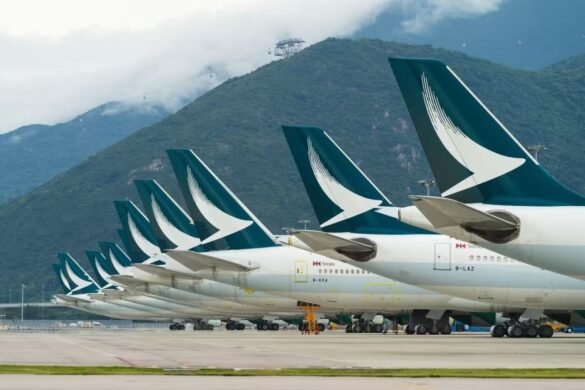In recent years, the trade relationship between China and India has witnessed significant growth, particularly in the realm of consumer goods. As the demand for Chinese products continues to soar in India, logistics challenges, particularly air freight capacity, have emerged as a crucial bottleneck. Anis Ahmed, CEO of MGH Group, sheds light on this pressing issue, highlighting the difficulties faced by Chinese exporters and the implications for bilateral trade.
China has established itself as a global manufacturing hub, producing a wide array of products ranging from electronics to textiles. India, with its burgeoning middle class and expanding consumer market, has become an attractive destination for Chinese goods. From smartphones to apparel, the demand for these products has surged, driven by the increasing purchasing power of Indian consumers.
Despite the flourishing trade, the air freight capacity available to transport goods from China to India has not kept pace with the rising demand. Anis Ahmed emphasizes that the existing logistics infrastructure is struggling to accommodate the volume of shipments required to meet market needs. The challenges are compounded by several factors, including limited aircraft availability, increased competition for capacity, and regulatory challenges.
The number of cargo flights operating between China and India is insufficient to handle the growing export volumes. This has resulted in delays and increased costs for businesses relying on air freight. As the global economy rebounds, many countries are competing for limited air freight capacity, further straining resources. Companies are finding it increasingly difficult to secure timely shipping options, leading to potential losses and missed market opportunities. Additionally, the regulatory environment surrounding air freight can be complex, with varying rules and restrictions between countries, adding another layer of difficulty for exporters trying to navigate logistics effectively.
The limitations in air freight capacity pose significant challenges for both Chinese exporters and Indian importers. Delayed shipments can lead to stock shortages in India, affecting businesses and consumers alike. Moreover, the increased costs associated with limited air freight options can impact pricing strategies, ultimately leading to higher prices for consumers.
Anis Ahmed advocates for collaborative efforts between the two nations to address these issues. He suggests that investments in logistics infrastructure and increased cooperation between airlines and freight forwarders could help alleviate capacity constraints. Additionally, exploring alternative transportation methods, such as sea freight, may provide temporary relief, although it typically comes with longer transit times.
As trade between China and India continues to grow, addressing air freight capacity constraints will be essential for sustaining this economic relationship. Anis Ahmed’s insights underscore the importance of optimizing logistics operations and fostering collaboration to ensure that the burgeoning demand for Chinese products in India is met efficiently. By tackling these challenges head-on, both countries can pave the way for a more robust and resilient trade partnership in the future.



